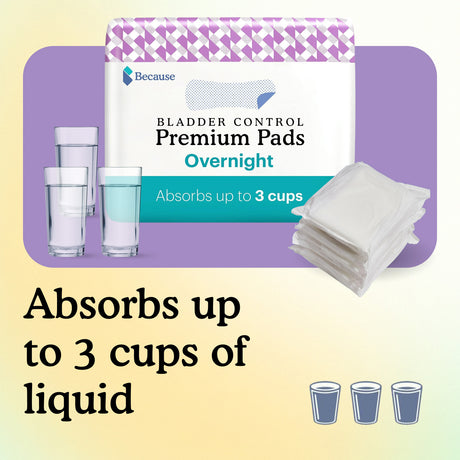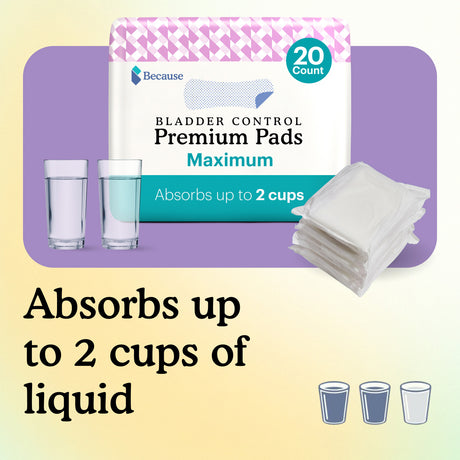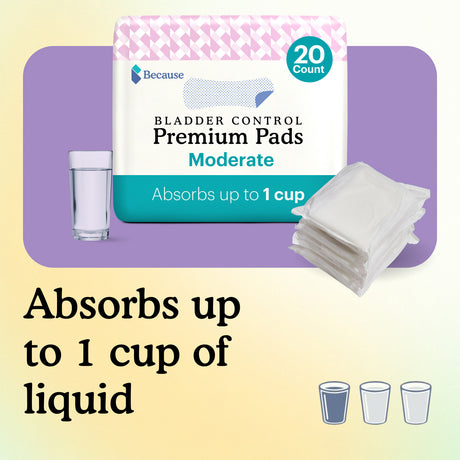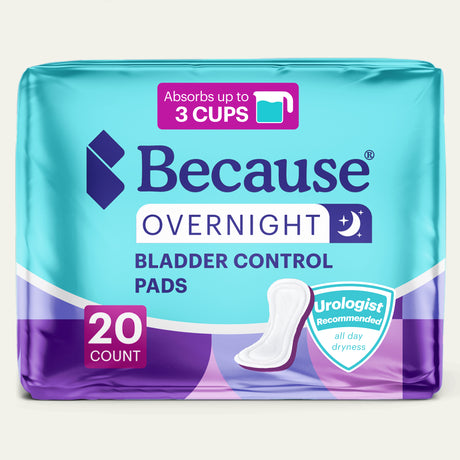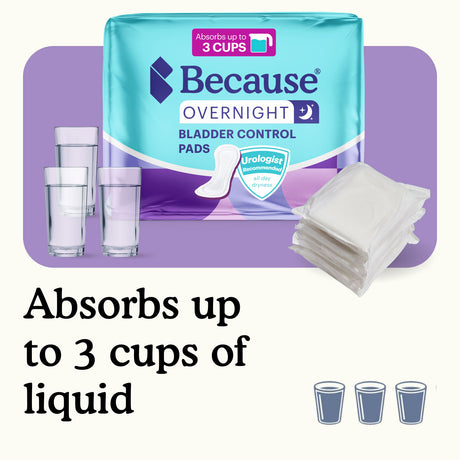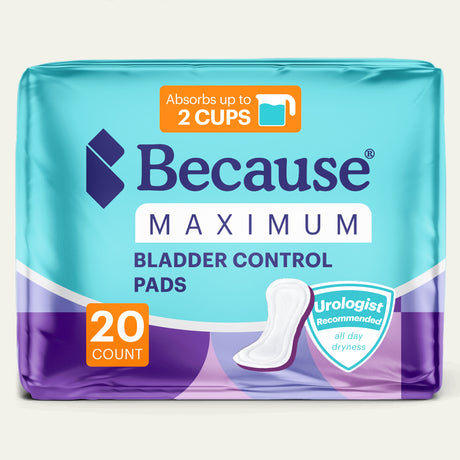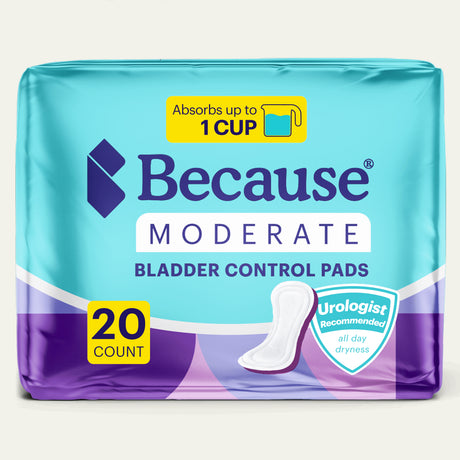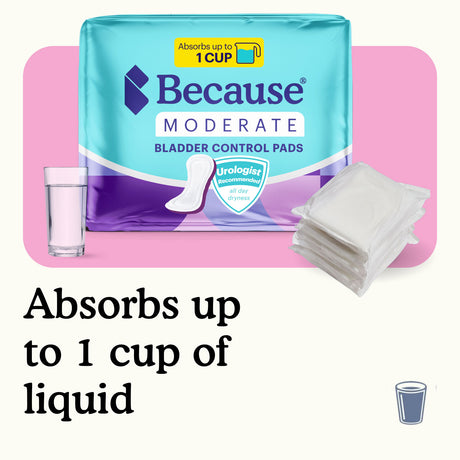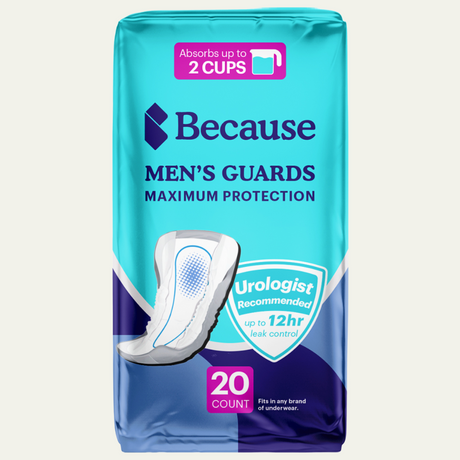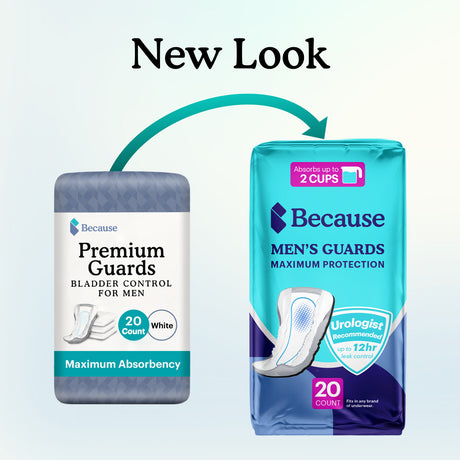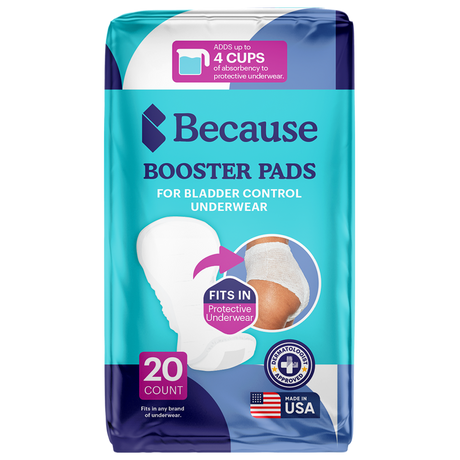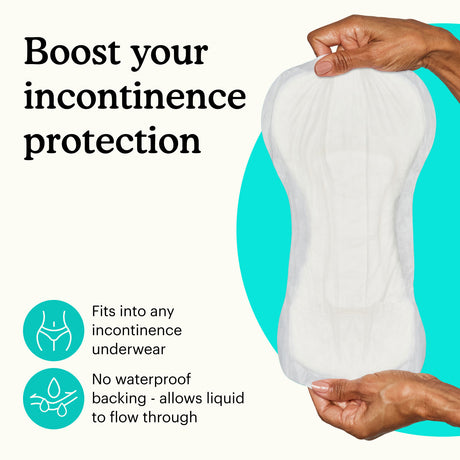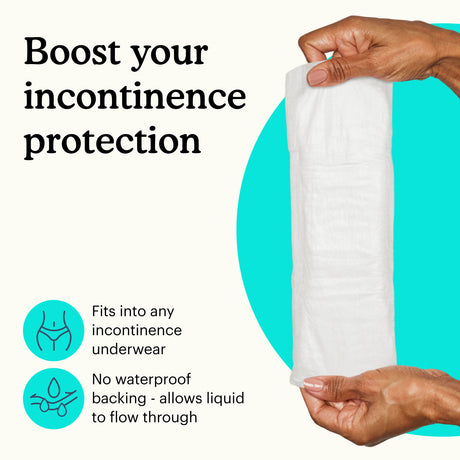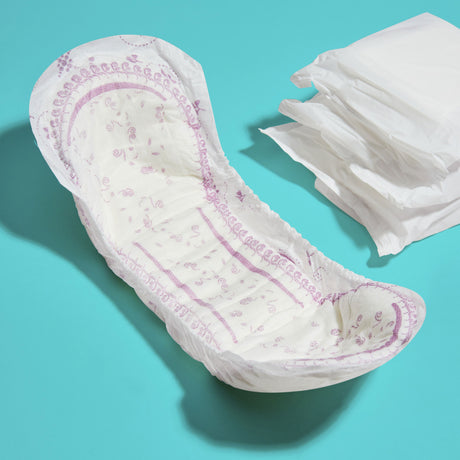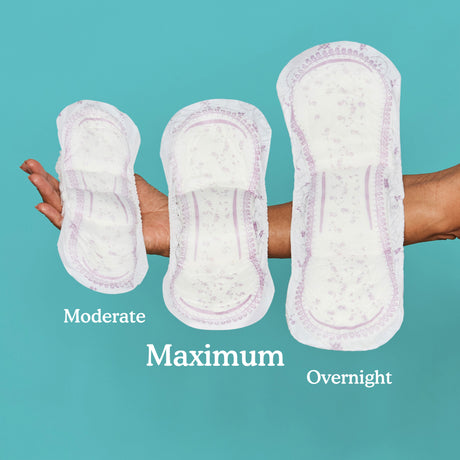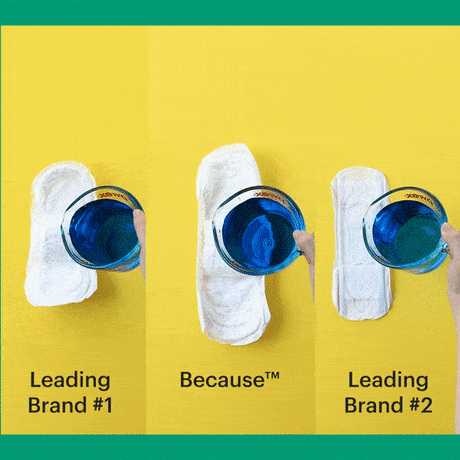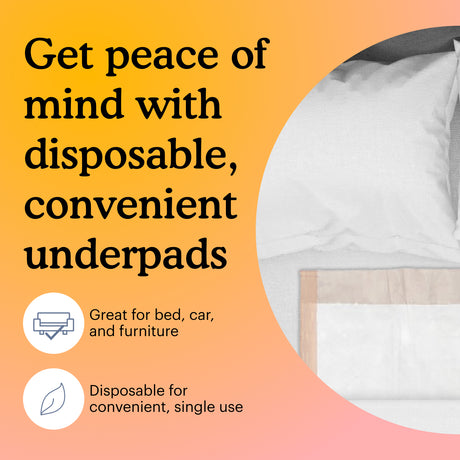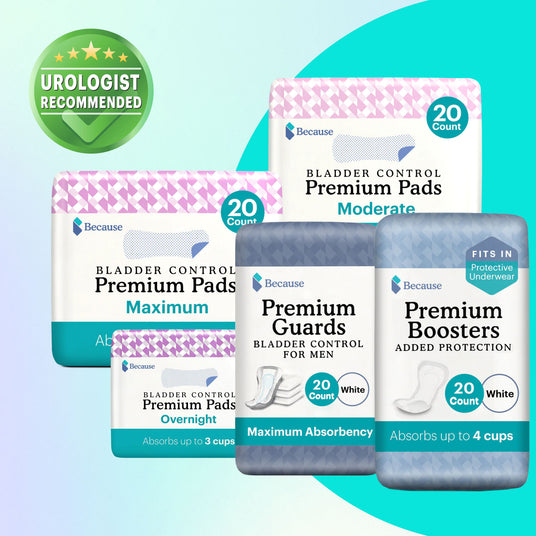
Discreet Leak Protection You Can Count On
Our collection of super-absorbent, but discreet incontinence pads and guards will keep you dry and comfortable all day long. Designed with reinforced leak guards that prevent liquid from escaping and a super-absorbent core, these pads and guards are perfect for daily protection. Our pads come in three absorbencies so you can choose what’s right for you and our guards are specifically designed to fit the male body, ensuring a better and more comfortable fit.
How do incontinence pads work?
How do incontinence pads work?
Incontinence pads and liners are designed to provide protection against bladder leaks. They work by absorbing and locking away liquid to keep skin dry and prevent unwanted leaks.
Most incontinence pads have a soft, absorbent core that quickly wick away moisture. They also feature a waterproof backing that prevents the absorbed liquid from leaking through to your clothing or bedding. Incontinence pads are disposable and come in various absorbency levels.
Because Incontinence Pads for women are available in three absorbency levels which range from 1 cup to 3 cups of liquid.
Are incontinence pads suitable for both men and women?
Are incontinence pads suitable for both men and women?
Because brand's incontinence pads are designed specifically to fit a woman's body, while Because guards are designed specifically for the male body. Due to anatomical differences in women and men, pads and guards are designed differently to ensure that maximum absorption occurs where liquid is released from the body.
How often should I change incontinence pads?
How often should I change incontinence pads?
The frequency of changing incontinence pads depends on the pad's absorbency level and the level of bladder leaks that the wearer experiences. For light incontinence, you may be able to change the pad every few hours or as needed. For heavier leaks, you might need to change the pad more frequently to maintain skin health. Overnight pads, designed for extended use, can typically last through the night without needing to be changed.
How do incontinence pads differ from menstrual pads?
How do incontinence pads differ from menstrual pads?
While absorbent pads, menstrual pads, and panty liners may look similar, they are designed for different purposes and types of absorbency. Incontinence pads absorb a rapid flow of urine very quickly and hold a lot of liquid. Menstrual pads are designed for a slow flow and do not hold as much liquid.
If you are experiencing bladder leaks and are using menstrual pads, you will likely not have adequate protection against leaks.
What’s the difference between incontinence pads, guards, and incontinence underwear?
What’s the difference between incontinence pads, guards, and incontinence underwear?
Incontinence underwear and pads work by quickly absorbing large amounts of liquid away from the body and locking it into a super absorbent core. While incontinence pads for women and guards for men are designed to be worn with regular underwear, incontinence underwear is meant to be worn alone under your clothes. It can be hard to know which incontinence product is right for you.
Take this short quiz and get a free sample to try!
Do Because incontinence pads for women work for postpartum bladder leaks?
Do Because incontinence pads for women work for postpartum bladder leaks?
Yes, Because offers three pads for women that are suitable for post-birth bladder leakage and urinary incontinence. Our pads are designed to instantly absorb urine, keep your skin dry, and lock in odors for up to 12 hours. Our bladder control pads range in absorbency from 1 to 3 cups.
Learn more about postpartum bladder leaks here!
What are the most important factors to consider when choosing the best incontinence pad for you?
What are the most important factors to consider when choosing the best incontinence pad for you?
There are a number of factors that determine which incontinence pad will be the best incontinence pad for you. First, determine the level of absorbency you will need.
If you experience light leaks that are only occasional, you may prefer a liner which can absorb smaller amounts of urine leakage without feeling bulky.
If you experience moderate to heavy leaks, overnight absorbency pads or even urinary incontinence underwear might be a better fit.
Another factor to consider is material and comfort. Pay attention to how the pad feels on your skin. If you experience chafing, itching, or a rash, you may want to try a more sensitive-skin friendly product.
Why am I experiencing leakage from my bladder control pad?
Why am I experiencing leakage from my bladder control pad?
One reason you could be experiencing leaks is an insufficient level of absorbency. If you are experiencing heavy bladder leaks, while using a light or moderate absorbency pad or liner, you are likely to overload the product.
Another reason is not fitting the pad correctly in your underwear. Make sure you properly adhere the pad to your underwear with the adhesive strip to ensure it stays in place.
Finally, a poor product. Products that don't use advanced absorbency technology don't lock in urine well making them more susceptible to leaks. These products are usually cheaper to make, but come at the cost of being less effective at keeping you dry.
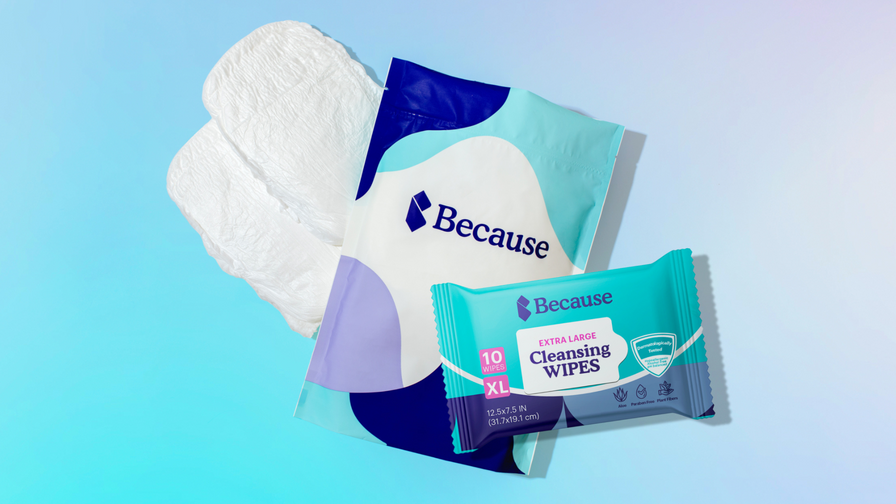
Try our Starter Pack, a $14 value, for only $2.99
Experience dry days & nights. Includes 2 pairs of underwear or 3 pads + a travel pack of cleansing wipes. Now only $2.99!



